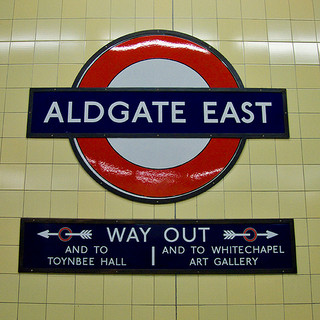
So Google has released an invitation-based beta of their new Google Maps version for 2013, at their developer conference (I/O) last week. I’ve been trying it out over the last few days. Compare the new version above, with the old version at the bottom of this post.
The good:
- The new fonts used look great.
- Covering the whole page with the map is great.
- The cartography has improved a lot. I particularly like the slighty text buffering, and the subtle shading effects at the edge of areas of water. The world looks a lot more beautiful.
- Fewer red pins – now, selected features show up in a bold, dark red font.
- The old green and orange road major road colours have just been replaced with yellow and light orange. Much more soothing to the eye.
- All vector based, so generally is more responsive (snappier) to use. Zooming in and out is very smooth.
- Public transport display is much improved, both with timetables and route option itineraries, and the display of metro/rail networks and “sign” labels along the routes you take for journeys.
- Selecting bicycle mode is much more obvious.
The bad:
- I cannot specify a specific point on the map any more for a pin – it tends to jump to.
- I cannot switch off display of my “home” and “work” points on the map.
- I cannot view the (large) map and Street View at the same time, or navigate around the map and have Street View move at the same time.
- No Pegman any more! I cannot see what streets are on Street View, except by navigating around Street View itself.
- The image carousel at the bottom seems unnecessary and a waste of bandwidth – although it’s easy enough to switch off.
- When selecting a POI quite near where I live, Google automatically draws a recommended road route from my home to it, and there seems to be no way to switch this off.
- “My Maps” seems to have disappeared.
- Terrain view seems to have gone.
- Little explanation of symbology or colour meanings – I think this is deliberate, to reduce clutter, but it can be annoying. However key colours do have keys that pop up when needed, e.g. cycle route type, congestion scale.
- The internal maps for major buildings (stations, shopping centres) seem to have gone.
- You cannot zoom into the aerial imagery as far as before.
- There are two few area/district names appearing at many zoom levels, e.g. in central London.
- Overall feeling is that Google has stripped away too many features, and made doing anything more than a basic look at the map (or finding directions) a bit harder, requiring long mouse clicks or options that are hidden away.
So it looks prettier, and it’s easier to use. But some key features for me (such as the split screen between map and Street View) have disappeared – hopefully only temporarily – so for day-to-day use I find my self using the old map.













